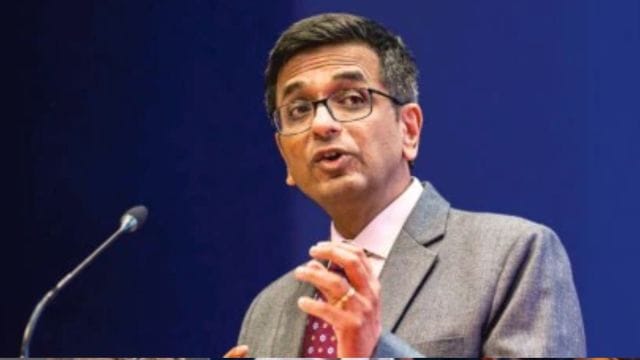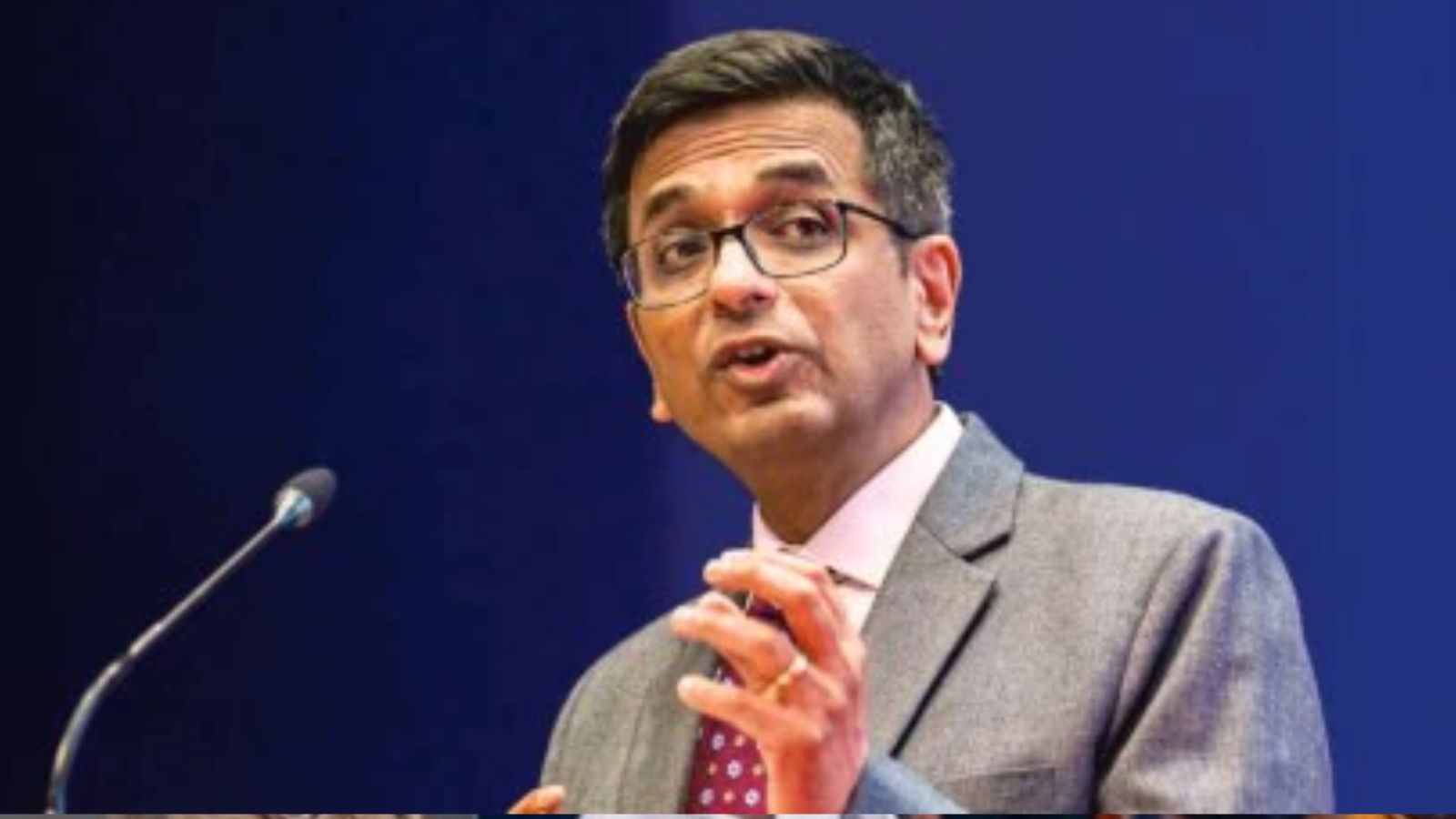

MumbaiNov 14, 2024 15:11 IST First published on: Nov 14, 2024 at 15:05 IST
In his article (‘A chief justice of his time’, IE, November 12), Pratap Bhanu Mehta took an overt, somewhat exasperated, swing at the former Chief Justice of India, Dr D Y Chandrachud. Mehta termed his tenure to be more “damaging” than that of Justice A N Ray. This article is neither a hagiography nor a censure of Justice Chandrachud. Rather, it is a commentary on the trend of assessing the “success” of a judge in a myopic manner.
Before diving into why Mehta’s metric for assessing the tenure of a judge has severe shortcomings, it would be beneficial to look back at the tenure of Justice Ray to appreciate why the comparison missed the mark.
Justice Ray was appointed as the 14th Chief Justice of India a day after the Supreme Court’s judgment in the landmark case of Keshavananda Bharti, wherein the Court permitted India to continue on the path of democracy over totalitarianism with the introduction of the basic structure doctrine. His appointment as CJI was controversial as Justice Ray superseded three of the senior-most judges in the Supreme Court. M C Chagla had even remarked that his appointment “was the beginning of the end of an independent judiciary.” It was also widely speculated that Justice Ray was appointed as he was subservient to the new political order that Indira Gandhi had sought to establish and it was hardly surprising that he constituted another 13-judge bench to reconsider the Keshavananda Bhartiverdict. And, as time passes, it is evident that Justice Ray’s legacy is synonymous with his judgment in ADM Jabalpur v. Shivkant Shukla wherein the Supreme Court espoused the view that no court could enforce the right to life during the imposition of Emergency. Simply put, the Court had accepted the then Union’s view that during an Emergency even if life was taken away illegally, the courts were helpless.
On the contrary, during Justice Chandrachud’s tenure, we saw the robust development of various spheres of the law ranging from the arbitrability of fraud, the enforceability of unstamped arbitration agreements, reproductive rights of women and disability rights, amongst many others. In his tenure he also tackled various issues, which could be bracketed as political hot potatoes, and in the process pleased and displeased many across the political spectrum and civil society. Moreover, his role as CJI was not limited to dispensing justice but he also gave an impetus to various reforms such as virtual hearings, paperless courts, and the live streaming of court proceedings, the last of which I would consider to be most critical as it ensured that proceedings in the apex court were made accessible. Thus, it is evident that whilst one may criticise Justice Chandrachud’s legal reasoning in any of his judgments or argue that he ought to have prioritised other reforms, comparing his tenure to that of Justice Ray is extremely unfair.
Therefore, the question that arises is: Is there a particular formula to assess a judge’s tenure
and are there any set expectations from our Chief Justices? Are we to expect that as the Master of the Roster, the CJI is to influence other judges as to how a verdict must be delivered? Should we simply ignore the fact that in a democratic system such as ours, there are various occasions where the executive will come into the brush with the judiciary? Or are we to draw a leaf from the United States of America and bracket judges into “liberal” and “conservative” notions?
most read
Are we to simply remark that each time a judge favours the executive, the same appears to have a stench of majoritarianism? Instead, it might be beneficial to not limit ourselves. While the legal reasoning of a judgment can always be subject to criticism, it may not be wise to always find fault with the integrity or independence of the judge merely because we disagree with his verdict.
This also raises a larger issue as to how a certain section of civil society is assessing the success of a judge’s tenure. Their assessment is limited to a select few judgments that have an impact in the political arena and the various other verdicts that shape the development of law and society are disregarded. What is even more disparaging is the fact that when it comes to a verdict that has an impact in the political arena, a judge’s independence is celebrated by a set of compulsive contrarians if he toes the line that they seek to draw — else the judge’s independence is often questioned. Additionally, in recent times, various interest groups have even resorted to firing political bullets through the court’s shoulder or browbeating the court with the hope of securing a favourable outcome.
We must recognise that judges are neither saints nor are they political actors. Being custodians of the law, they bear a responsibility to adjudicate within the bounds of reason, although often amidst intense scrutiny. Instead of hastily relegating a judge’s legacy to simplistic comparisons or ideological labels, we must appreciate the broader spectrum of their contributions to the judiciary. Justice Chandrachud’s tenure, like that of any CJI, should be examined through the full lens of judicial evolution, his commitment to procedural reforms, and his willingness to engage with contentious issues without prejudice. History will judge the depth and impact of his legacy in due time—not through the narrow scope of partisan opinion, but with the perspective that respects both the institution and the values it upholds.
The writer is advocate at the Bombay High Court.


